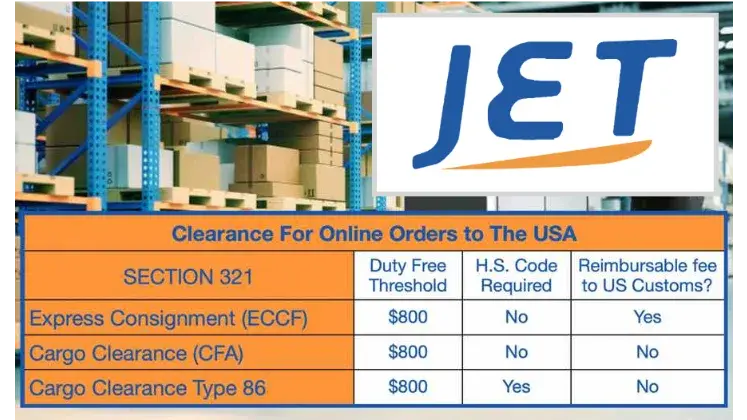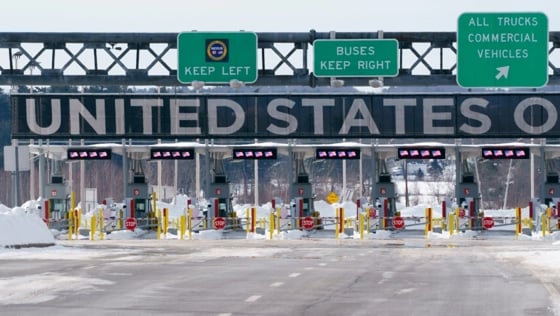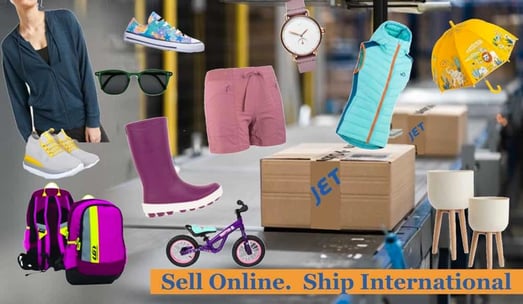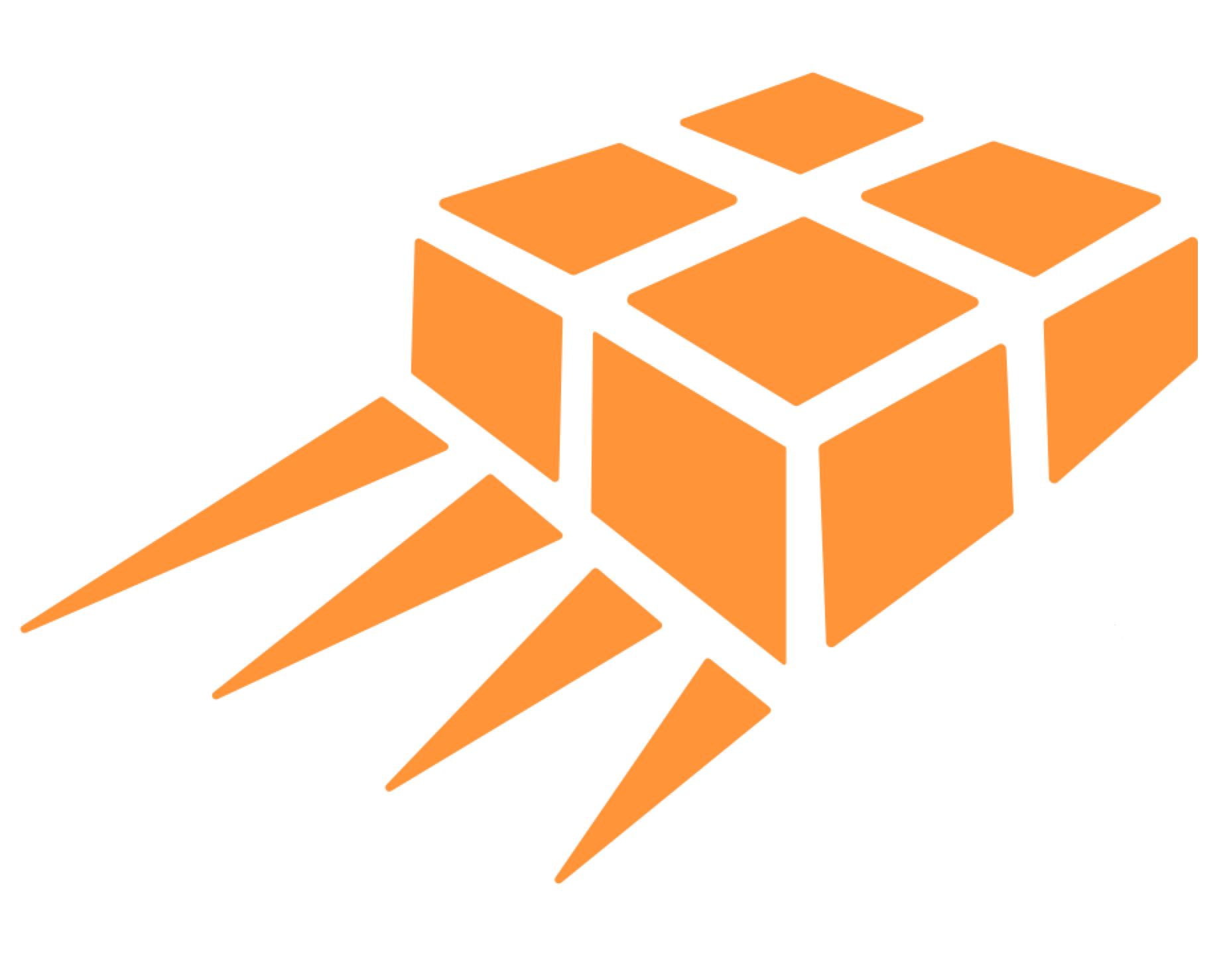
E-COMMERCE to the USA via Section 321
The explosive growth of direct cross border e-commerce imports to the USA have brought attention to role of Express Consignment Carrier Facilities (ECCF), Cargo clearance (CFS) and Type 86.
At Jet Worldwide, we are getting an incredible amount of inquiries regarding importing e-commerce parcels to the USA - and ECCF's play a central role in developing efficient high volume parcel import processes.
In this blog, we review:
- Online orders cleared via Express Consignment
- Online orders cleared via Container Freight Stations (CFS)
- Online orders cleared to the USA via Section 321 Type 86

Jet Worldwide helps online sellers develop import processes direct to their American customer
What is an ECCF?
Express Consignment Carrier Facilities are warehouses that are subject to the rules outlined in Part 128 of the Code of Federal Regulations/ CFR.
IMPORTANT: 2025 updates to Section 321
USA Section 321 Import plus last mile delivery via USPS
Section 321 entry type in the USA allows for efficient high volume duty free parcel import to the United States. This can be accomplished via four entry types
Section 321 Express Consignment- Section 321 Cargo (Container Freight Station / CFS)
- Section 321 type 86
- Section 321 Canada / USA cross border
USA Section 321 Express Consignment
Using an Express Consignment Clearance Facility / ECCF, retailers benefit from express handling and clearance.
USA Section 321 Cargo/ CFS
The processes are essentially the same but without the customs ECCF reimbursable fee
USA Section 321 Type 86
Using traditional brokerage clearance systems, retailers can take advantage of type 86 entries. Read more about Type 86 Section 321 entries.
USA Section 321 Canada to USA Cross Border
Many retailers are choosing to ship their goods via Canada to take advantage of truck border crossings to the USA.

Postal clearance via an ECCF?
The most common method of final mile delivery remains the US Postal Service. Using ECCF's in JFK, Chicago and Los Angeles, e-commerce shippers are able strategically route their shipments for low cost ground delivery via the USPS. Using multiple ports of entry, e-commerce shipments can imported and delivered in as quick as 3-5 days
Develop a combination of ECCF, CFS and type 86 duty free processes to the USA
ECCF Clearance: A piece of the e-commerce cross border puzzle
Express consignment clearance capabilities are an important part of developing secure e-commerce importing directly to the USA. An ‘‘express consignment carrier facility’’ is a separate or shared specialized facility approved by the US Customs and Border Protection solely for the examination and release of express consignment shipments.
Cargo Clearance via CFS
The same express / ECCF processes are available for online orders but without having to pay ("reimburse") customs for express clearance. CFS clearance is identical to ECCF but with slower and less predicable clearance times. Most online parcels flows are best cleared using a CFS process but with the option to transfer to an ECCF during peak periods and other times when clearance is delayed.
Being virtually identical processes, parcels flow via CFS processes can be easily converted to ECCF during peak periods, government shutdowns and other customs delays.
Cargo Clearance via Section 321, Type 86
More traditional customs brokerage processes - referred to as type 86 - are available for clearing section 321 low value duty free shipments. The key difference is that the goods being must be assigned individual H.S. Codes. Also, it seems goods imported via this method are being subject to a higher level of oversight and inspection by US Customs.
Customs has been working on "one window clearance" processes that incorporates the requirements of other government agencies. In customs parlance, they are referred to as "Partner Government Agencies" or PGA's. Type 86 extends the "one window clearance" processes to include low value section 321.

Other elements of USA parcel import and last mile delivery include:
Closely integrated administrative control. Customs regulations demand that operators exercise "closely integrated administrative control’’ from shipping and import to ensure the propriety of items being imported.
Contact Jet's team to assist in building direct import processes for your online orders to the USA.
Customs and Border Protection:
>Customs clearance processes have evolved from primarily focused on revenue collection to ensuring the security of items being imported. Parcel supply chains must ensure the integrity of the data and parcels being imported to the USA.
Last Mile Delivery:
>The US Postal Service remains the most popular choice for last mile delivery. However, regional carriers are developing capabilities that can also provide cost effective solutions. As mentioned above, parcels cleared via ECCF's in JFK, LAX and ORD can be forwarded via USPS or other options for last mile delivery
Express consignment operator or carrier:
An ‘‘express consignment operator or carrier’’ is an entity operating in any mode and moving cargo by special express commercial service under closely integrated administrative control.
Note: An Express Consignment Operator - or ECO - assumes liability to Customs for the articles in the same manner as if it is the sole carrier.
Express Cargo: Parcels (or any cargo) imported into the United States by an express consignment operator or carrier. The vast majority of cargo shipped via traditional supply chains are not eligible for express cargo status.
Types of entries at ECCF's beyond Section 321
It is possible to also clear items valued over $800 via express consignment processes. ECCF clearance for items valued over $800 US but less than $2,500 US can be efficiently cleared via informal entry processes that are much less costly than using a traditional US Customs Broker.
CBP Automated Commercial Environment (ACE):
There are many layers to ultimately clearing customs including prior notification of data. Parcels being imported must be cleared entered via US CBP authorized electronic data interchange system such as ACE.






